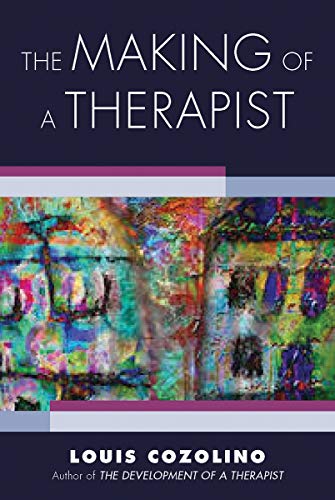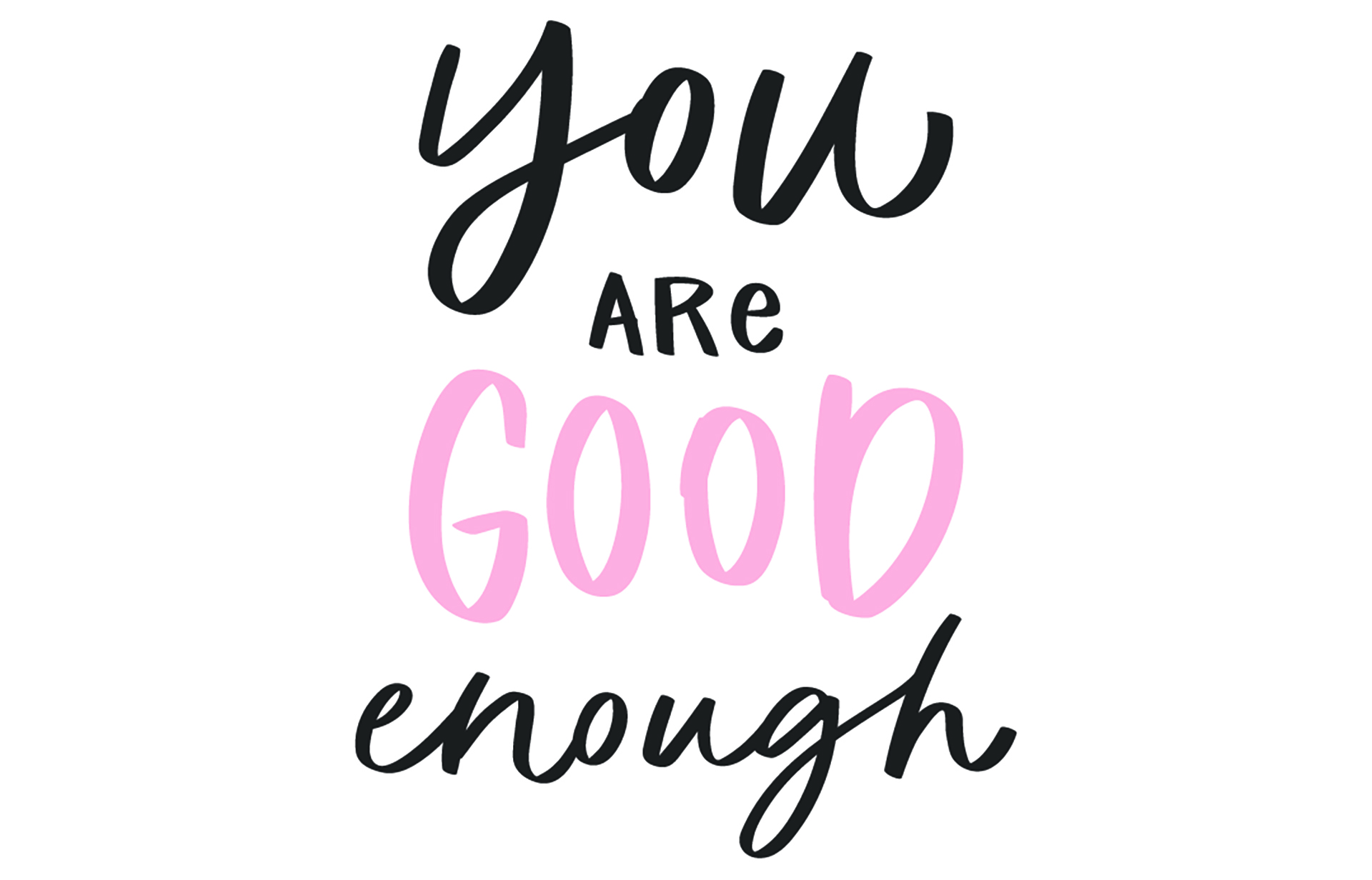
When thinking about defining a “good therapist,” I found myself returning to The Making of a Therapist by Louis Cozolino.
Aimed towards new therapists, it explores and gives guidance on common therapeutic scenarios. He emphasises how our psyche influences therapy, and therefore, encourages self-awareness. Cozolino suggests that new therapists can bring idealised expectations to their role, and in practice with a client, this fantasy meets reality in the presence of a witness.
This reminded me of my first placement interview, sitting kitty corner to two women, one smiling, making eye contact and the other looking bored, shuffling through notes, I was asked the question, “Why become a therapist?”
I rejected the first answer that came to mind, “I want to help people who want my help” as it felt too obvious and not sufficiently professional. Instead I tried to travel into the bored women’s head but my anxious brain and tight stomach struggled to answer.
My thoughts repeated, “What does she want me to say?” and “What would a competent therapist say?” In that moment, there was a right answer, and that answer would define me and decide my worth. I think that I rambled theory for a few minutes, listing credentials, before both their eyes glazed over and they moved to the next question and the next applicant.
This interview came to mind because it illustrated a fantasy that I held early in my career, which I believe many new therapists also hold; a good therapist knows the “right answer” and that right answer solves the client’s “problem,”and If you are really good, this can be done within the confines of a 50 minute session.
In the early days of being a therapist, this unrealistic expectation carried a heavy weight and often provoked similar feelings and thoughts experienced during that interview.
The desire to help another is a powerful driving force that pulls many of us into this profession. In fact, its presence is so prominent in the therapeutic setting that I almost want to offer it a seat. However, ironically, this altruistic desire can also challenge our potency if its delivery aligns more with the therapist’s psyche than the needs of the client.

Reflecting on our desire to help
Cozolino explores how early experiences can affect the therapist’s role, suggesting for some there is a drive for caretaking and/or compulsive perfectionism. The tendency can be felt as a responsibility for another and an ownership for another’s disappointments. A need to maintain perfection to avoid abandonment adds to their desire for everyone to be “OK.”
In therapy however, clients are not always “OK.” Self-exploration can cause us to experience a range of considerable emotions. These emotions can seem overwhelming and unmanageable to the client and sometimes the therapist will feel this too. In that moment where chaos and uncertainty is felt, where the fixer cannot fix, we may strive to search for that answer which will restore structure and relieve the discomfort of the moment.

How might this play out in therapy?
In the interview, my anxiety swallowed me whole, producing loud distorted thoughts, taking me away from the here and now. In the therapy room, this swallowed up feeling takes us away from the client and what is happening in session.
This may also be compounded by a client’s urging for an answer and the judgement we experience if the answer isn’t forthcoming.
Giving an answer feels safe, both the therapist and client have left the distress and gone to the cognitive, where the “problem” is now visible and therefore can be managed. However, while the spotlight is on the therapist, where is the client?

Is giving “an answer” a problem?
A previous supervisor once said to me: “Sometimes, we simply need to sit with our client in the grey." It is important to be mindful of how the giving of an "answer" might affect the client. Is what we're saying truly of benefit?
Therapy progresses, in part, due to the therapeutic relationship that promotes an “I’m OK/ You’re OK” experience. When we move from supporting the client to potentially rescuing them, an imbalance can form.
Rescuing may relieve tension, sadness or quiet but it can also disempower, playing into a script that the client needs rescuing, discounting their agency and disrupting their voice. Cozolino mentions that we are not doing therapy to a client but with the client and to me this means equality, recognising and trusting in the client to direct their own process.
When I speak, I am aware that the client is not speaking, not telling their story. A story they previously might not have been allowed to tell. While the “dutiful child” of the client listens, quietly, patiently, I have to wonder what is being re-enacted.
I don’t want to collude with a script where the client feels a familiar misattunement. I want the client to feel present. In fact, I want the client to feel the right to be present not only with me but outside the therapeutic setting.

How can we watch out for this?
Cozolino discusses how to monitor ourselves, “shuffling between the client and the self.” He talks about how to scan our own bodies and lists questions that we can ask ourselves in the silence or when a wish to fix starts to tug on us.
I take notice of my movement and tension in my body, focusing typically on my shoulders and chest.
I am aware of the quiet and think about its purpose and then I notice if I want to interrupt that quiet.
I think about the intentions behind my words and what I have gained. Or, if my words and thoughts have disconnected me from my client, pulled me out of the emotional to my safe cognitive place.

Accepting our limits
As Winnicott refers to “the good enough mother,” Cozolino refers to “the good enough therapist”.
I feel this is an important thought to end upon as I interpret it to mean let go of that fantasy therapist and create the space for the real therapist. This therapist is vulnerable and makes mistakes but also recognises that both provide opportunity for growth.
Modelling this acceptance of the real and imperfect may be the most powerful way that we can “help” our clients and is certainly fertile soil for a potent therapeutic relationship, within which deep healing can occur.
Freeing ourselves from the shackles of perfection allows us to truly meet our client and create the space for their psyche to find its own way forward.
